You can make the most of your gardening time and area by putting a little thought into its organization.
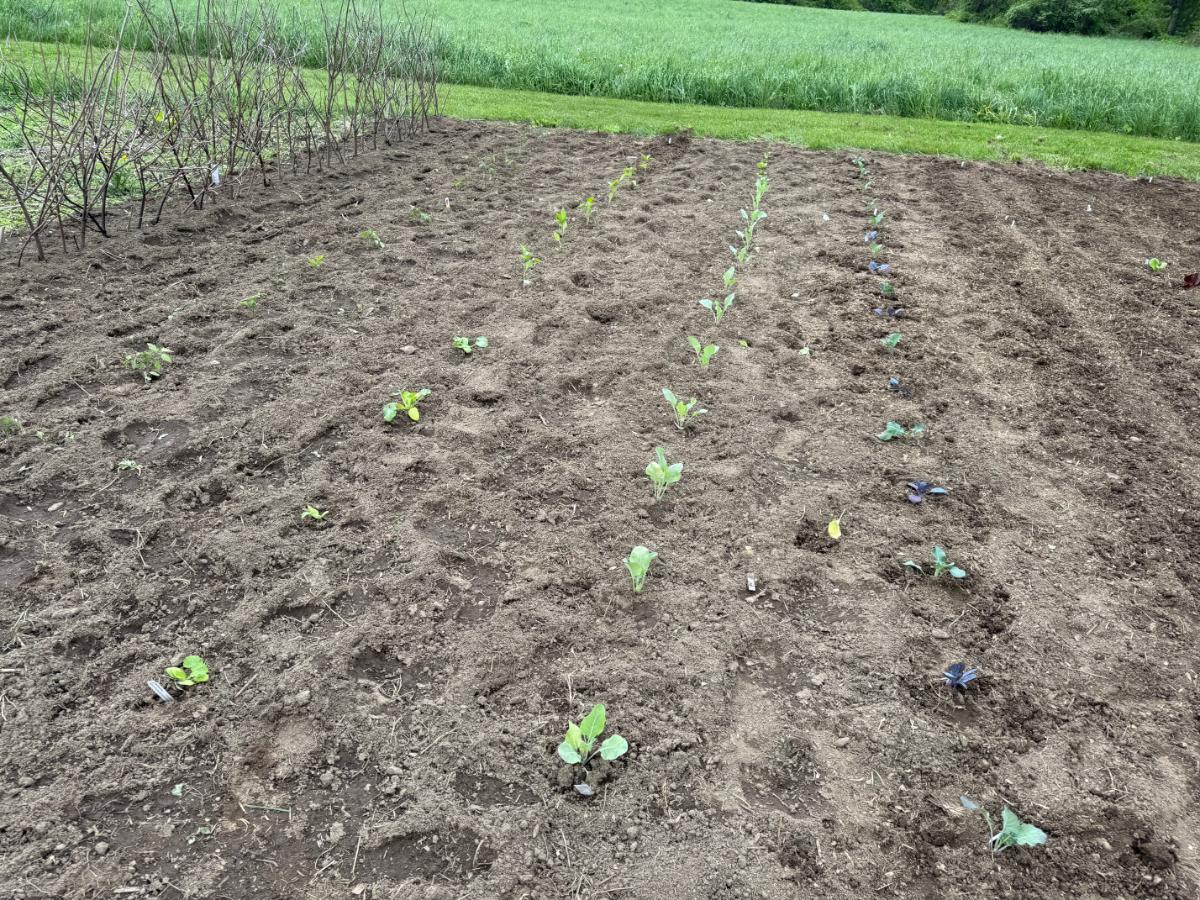
Alternating plants and rows to work together allows you to plant more in the same space and reduce the work of weeding and garden maintenance. It also allows you to reduce the distance between rows without impacting the end result.
All of this can make for a more manageable garden that saves time while letting you get the most out of it.
Jump to:
How It Works
Alternating is a little bit companion planting, a little bit succession planting, and mostly timing and placement.
It works by mixing different plants with different space requirements and different harvest times in the same rows, or in alternating rows.
You can mix and match and alternate in different ways. For example, you can mix and match varieties, plant types, plants of the same type but different planting methods, or plants with different growing and harvest timelines.
How Alternating Saves Garden Space
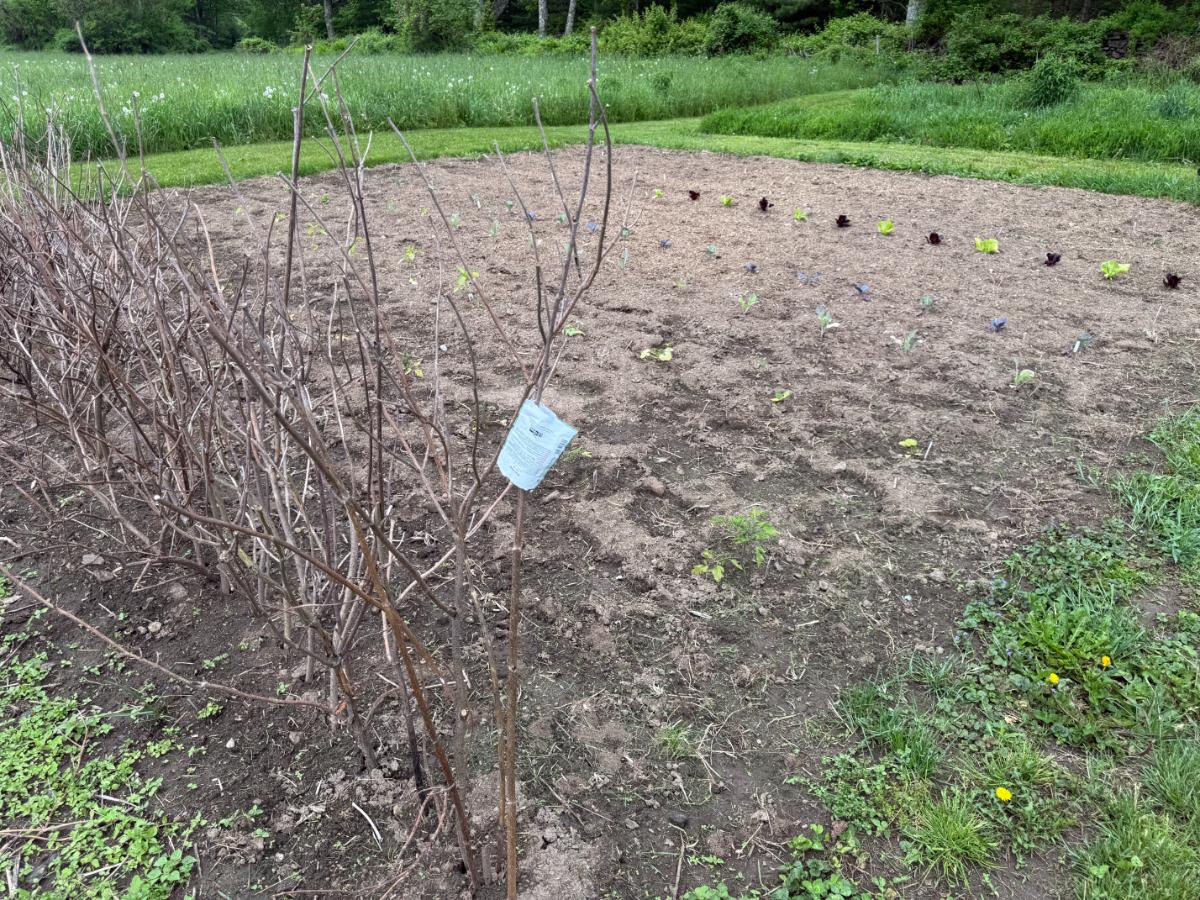
Alternating plantings maximize space by allowing you to get more into a limited area. By being selective about where you place which types and sizes of plants, you can reduce the space between rows and the spacing between plants.
For example, if you always plant your largest plants close to each other, you’ll need to use up a lot of empty aisle space to give them room and enough light, water, and nutrients.
But if you plant something that is smaller and faster growing in between rows of larger plants, when those small, fast plants come out, that space can then become the extra row or aisle space you need.
Similarly, you can plant plants closer together within the row if some of those plants will be harvested earlier than others. Large plants like broccoli may eventually need 18 to 24 inches of room, but they don’t need that as small transplants. So, you can alternate something smaller that will be harvested and removed in the long spaces in between broccoli plants in the meantime.
How Alternating Plants Save Time

Alternating plants in the garden saves time in a couple of ways.
- You save time prepping the garden because you don’t need as large an area for everything you want to grow
- You save the most time in ongoing maintenance because there will be less space that needs weeding and maintaining
- Planting and closing up the open space between plants while you wait for them to mature also helps reduce weeds (because more plants cause more competition for the weeds and filling in row space shades out weed seeds and weed seedlings)
In short, you’ll have less ground to cover and more help denying weeds what they need to grow and thrive.
How Alternating Plants Save Resources
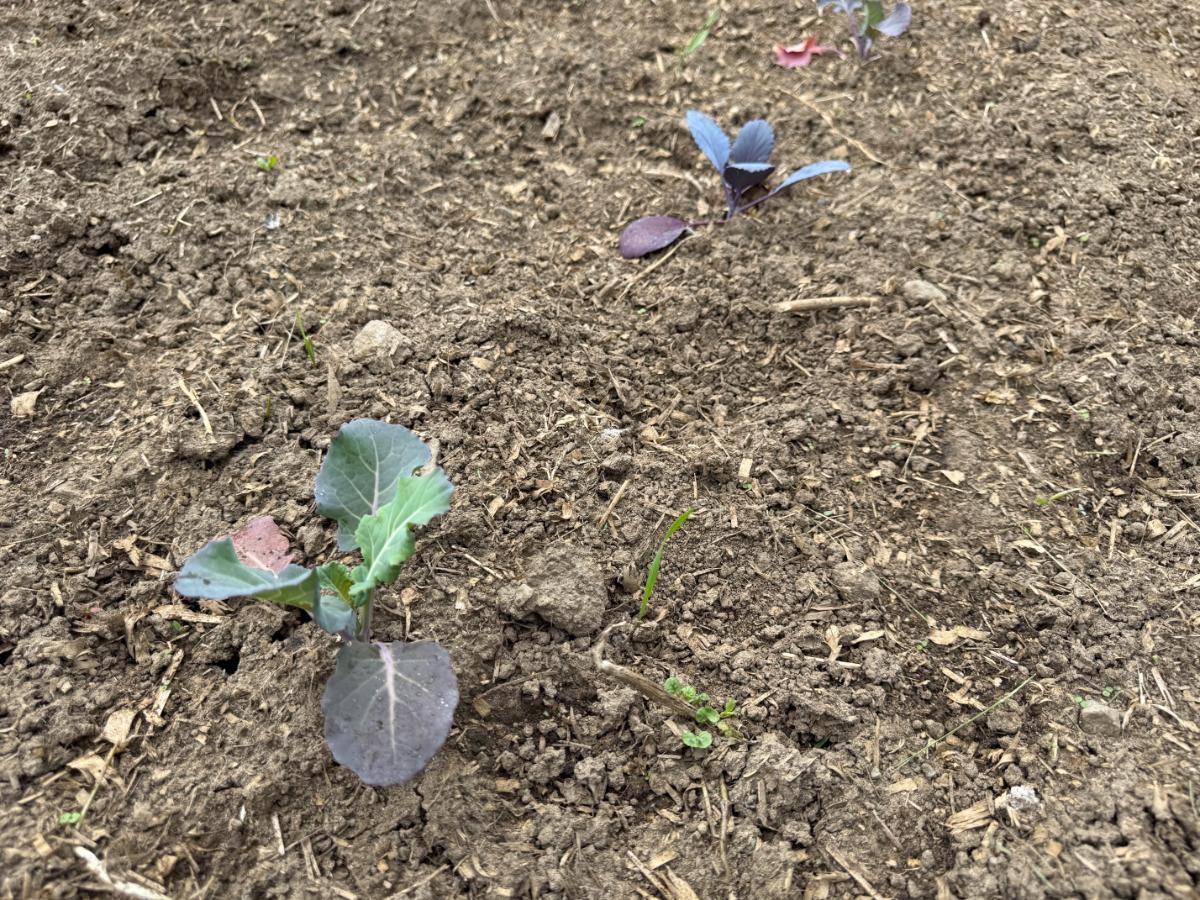
The less ground you have to cover, the fewer resources you need to provide for the plants that are living there.
For example, if you have two separate 20-foot rows for broccoli and cabbage, you have 40 row feet that have to be watered and fed with compost or fertilizer. But a lot of that space is not actually growing anything.
If you combined those two rows, you’d only have to provide compost or fertilizer and water for 20 row feet of space. The cabbage, which has a shorter number of days to maturity than the broccoli, will grow quickly and shade out many weeds, use the water that falls in the spaces between the growing broccoli plants, access the nutrients there, and then be cut off before the broccoli needs the extra space where the cabbages were.
A lot of what we feed our gardens in the form of fertilizers or water doesn’t get taken up by plants. Some of that water gets taken up later as the plants get larger, but those spaces in between plants and roots often have a lot that goes untapped. Alternating and growing in the spaces maximizes what might have otherwise sat there, drained away, or evaporated off.
Even if you do end up providing a little bit more for the remaining plants later on (like if you decide to give a slight compost boost as those longer-lived plants grow larger), you won’t need as much. But if you have good soil and you are good about replenishing it each year and/or rotating your crops, there’s probably plenty to grow more plants…there just weren’t plants in that space to use it.
Examples of Good Ways to Alternate Plants to Maximize Garden Time, Space, Resources, and Yields
There are different ways to alternate plants to capture these benefits. The best part is, you don’t have to choose just one! In fact, for the best garden optimization, you should do a little of any or all of these alternate plants that make sense for what you want to grow.
Alternating By Type

You can alternate different types of plants to utilize the spaces between.
This works well when you have something that grows faster and that will be harvested in a shorter amount of time than what you’re planting it with.
Things that stay in the garden all season long, alternated in the same row with things that are “one and done” harvests, make good partners.
A lot of the long-season partners will eventually need a lot of space to grow, especially the larger plants. But since the paired plants get harvested and pulled while they are still a modest size, the larger, longer growing plants will never know it.
Some examples include:

- Broccoli (that will stay in all season) alternated with cabbage
- Cabbage with Brussels sprouts
- Kale and cauliflower
- Mix and match any of the above
- Head lettuce between brassicas
- Cucumbers, pumpkins, or squash planted with garlic or onions (since those will be pulled before the squashes spread out)
Alternating By Variety
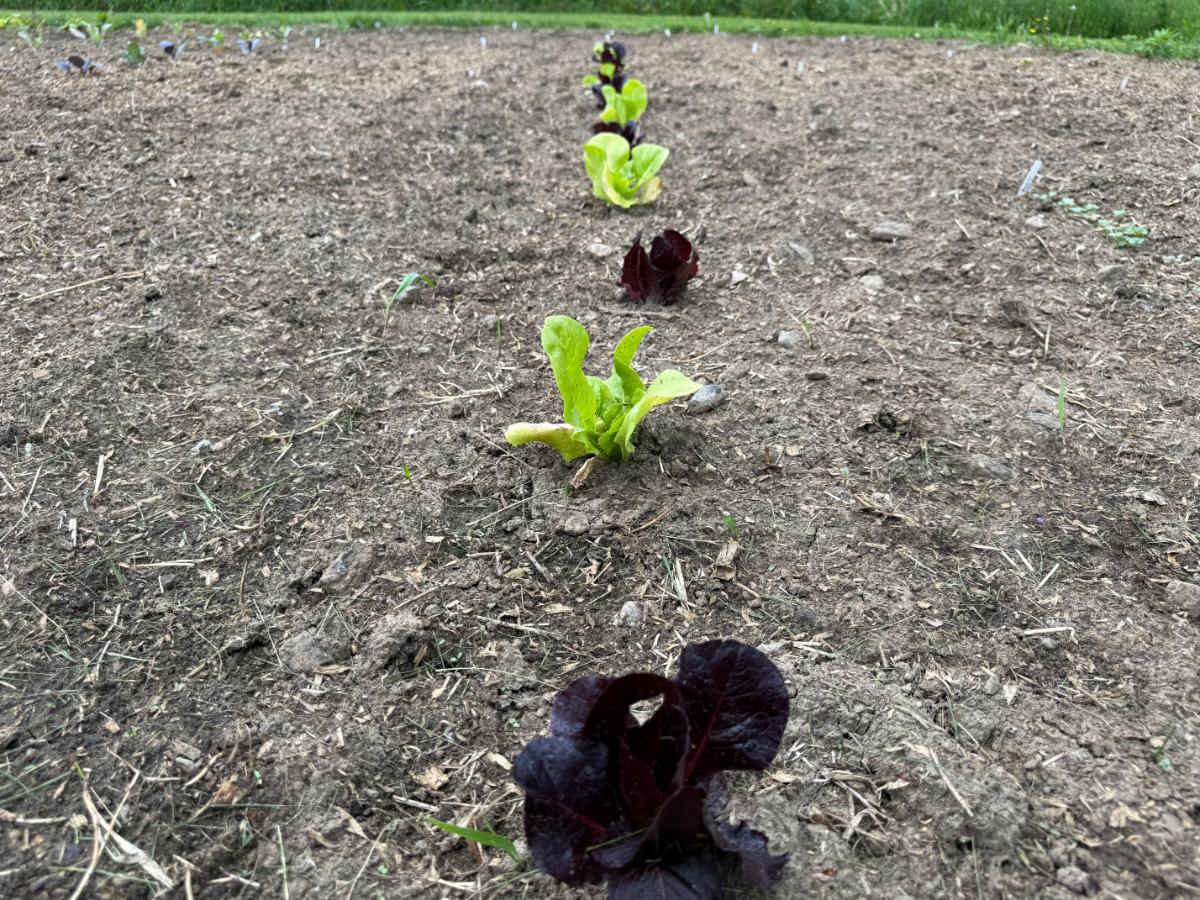
You can apply this concept to rows of the same type of vegetable, but with different varieties.
For example,
- Leaf lettuce alternated with head lettuce
- Short-day varieties alternated with longer-day varieties of the same type of plant
Alternating By Planting Method

Growing the same thing but from different methods or different starting points is another good alternative. This is sort of like succession planting, but without having to replant the space over and over. It lets you get your planting done in a single or short period of time.
An example:
- Plant starters or transplants alternated with direct-seeded sections
- Transplants of single lettuce plants with strips of direct-seeded seeds in between
- The heads will come out just when the small seedlings need more light, so the two won’t really compete, and the seeds will replace the heads that have been cut and removed
You can also combine alternations of varieties and methods. For example, an alternation of romaine lettuce, small head lettuce, and leaf lettuce, all from transplants, with spaces of directly seeded lettuce seeds in between to come up behind them.
Alternating For Space Saving

A really good way to capitalize on this is to reduce the space you need between rows by planting something fast-growing next to something longer-term.
The shorter day plants will be done and come out as the larger, longer-term plants start to need the extra space. But you won’t be left with a wide aisle of no man's land that just becomes a free-for-all for weeds.
Some examples:

- A pea row next to a row of tomatoes (the peas finish and get pulled before the tomatoes grow large)
- Rows of tomatoes with shorter-spaced rows of lettuce or root crops in between
- An onion row next to broccoli, Brussels sprouts, kale, or other brassicas
- Garlic next to corn
- Squash or pumpkins directly seeded in a garlic or onion bed (garlic is pulled in early summer, so it’s out before the squash and pumpkins take over; and you get some good insect repelling, too!)
The trick is to time shorter-day or early harvest crops in between the rows of larger, expanding plants. That way, the larger plants won’t shade the smaller out. There will still be space to work between the rows while the plants are small, but then, as the larger plants grow to their mature heights and sizes, the shorter day plants are finished, and that extra space can be left as needed row space, but without having it end up being too much.
An example of spacing for this type of planting would be:
- Two rows of tomatoes, spaced 36 inches apart
- The inter-planted alternating row is planted at 18 inches (which could be onions, garlic, root crops, lettuce, spinach, etc.)
- When the inter-planted 18-inch row is harvested, that space is now aisle space for the now large and growing tomato plants
A Few Things to Be Careful About
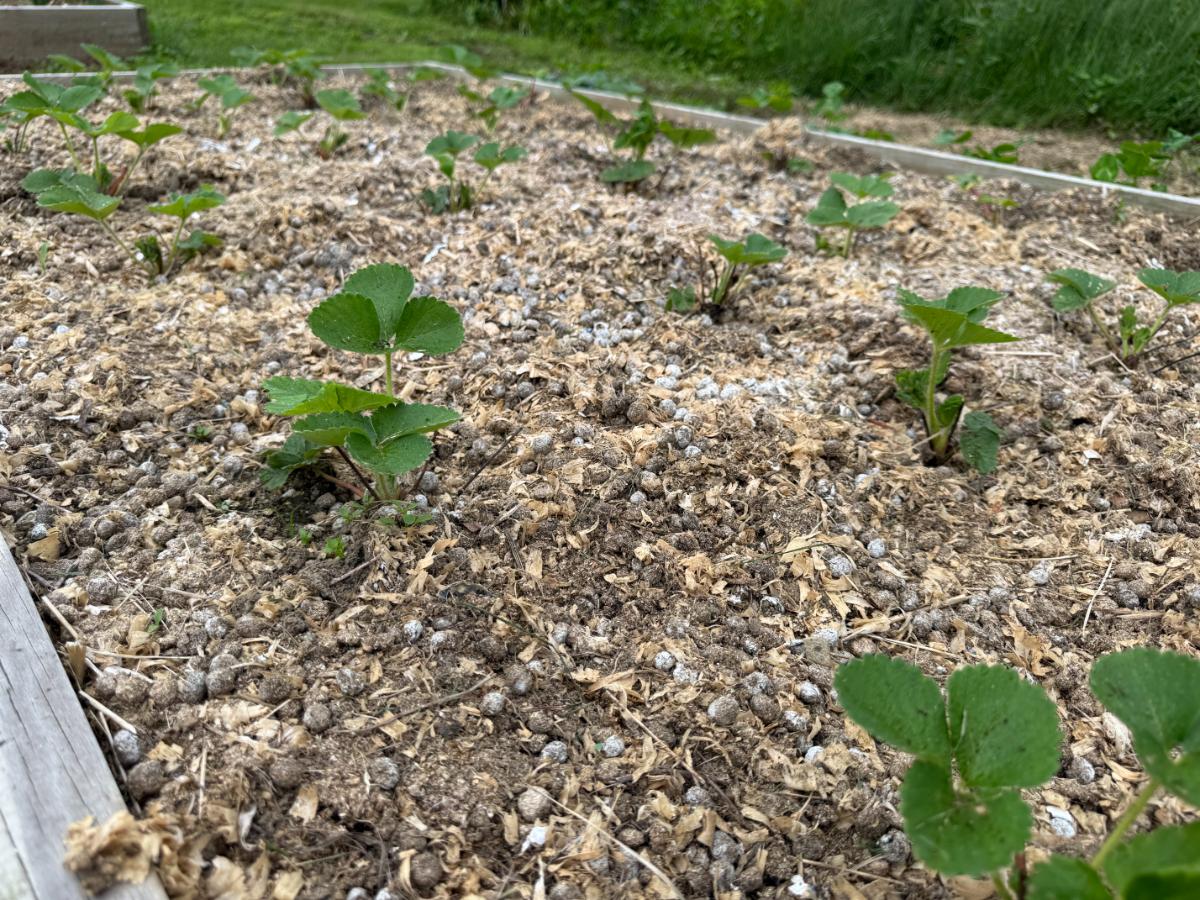
The only things you really need to be concerned about are plants that don’t get along well or that will shade each other out before you can harvest.
A lot of times, you can still get away with this in the case of alternating rows (because they are probably spaced far enough apart to not impact each other), but maybe not in the case of alternating conflicting plants in the same row at close spacing.
- Companion planting pairings will help guide which things can be easily mixed and matched
- Avoid pairing plants that have significantly different growing needs
- Don’t pair a water-loving plant with a plant that only wants low, intermittent watering
- Don't pair high and low pH plants, since you can’t find or amend for those conditions within the same row space
- Pair plants with similar nutrient and fertilization needs
- Most garden and vegetable plants, however, have very close requirements, so this method works for most plants!
- Either avoid alternating plants that share pests and diseases, or have a plan to watch and manage them
- Even for alternate plantings that work well, it’s a good idea to rotate those pairings to a different spot in the garden next year
- Rotating areas helps control diseases and pests
- Rotating also helps maximize nutrient use in the garden; what one plant left behind last year might be just what the next plant needs! (For example, following a pea planting with a heavy nitrogen feeder like tomatoes or squash is smart.)



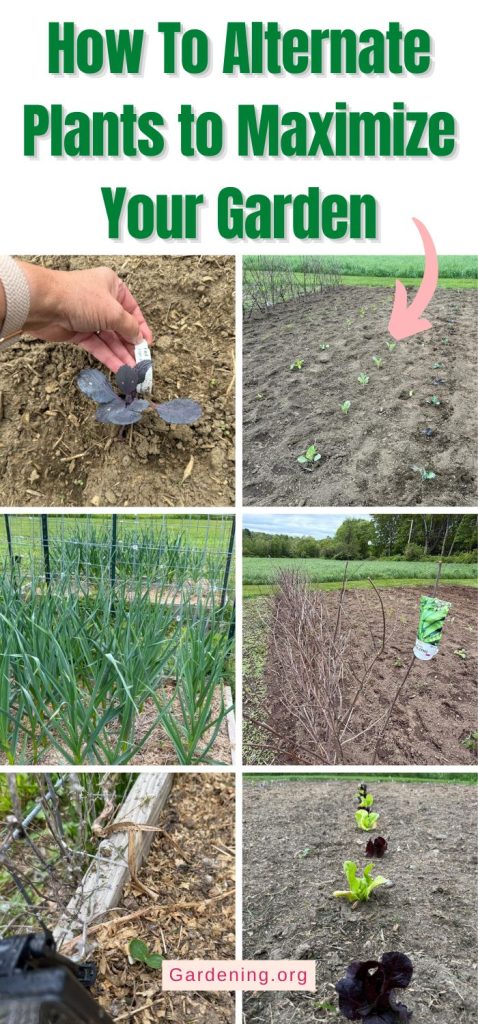
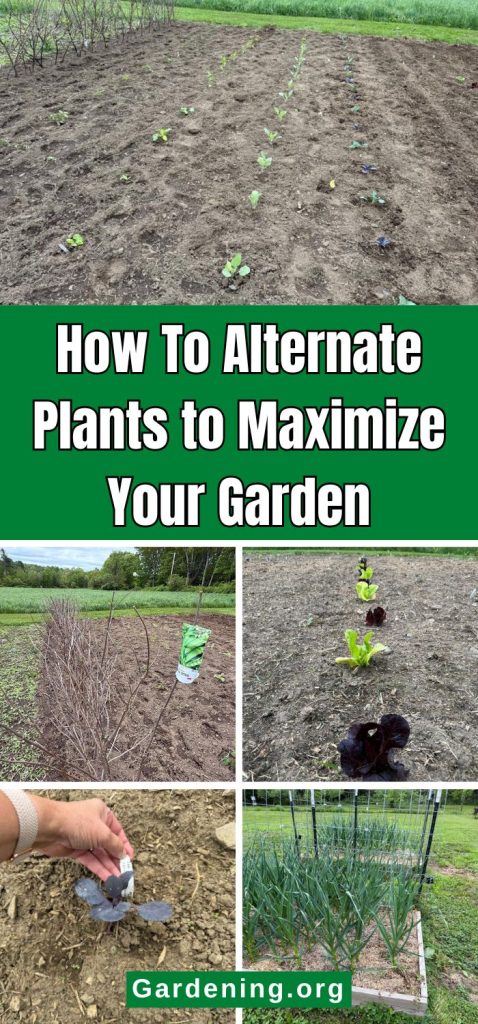
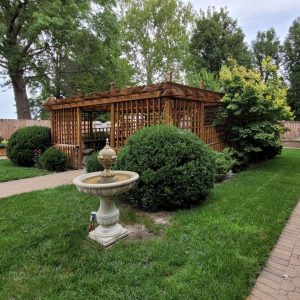
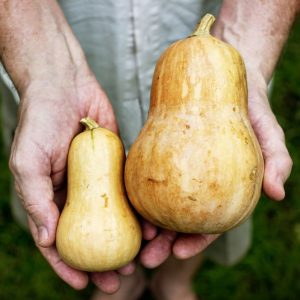
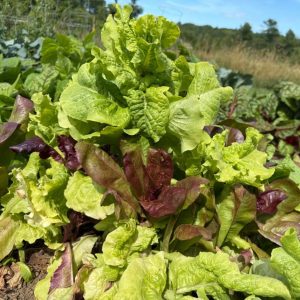
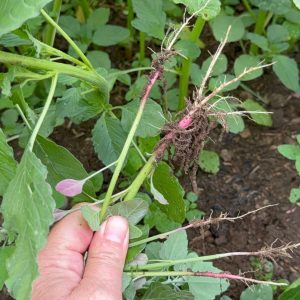
Dennis Casey
I read your articles very frequently. This is a good and interesting one. Keep them coming. This technique works well for a community garden where space is often limited.
Dennis Casey.
Mary Ward
That's wonderful, thank you! And I hadn't thought of that, but I can definitely see how well this could work in a community garden setting.